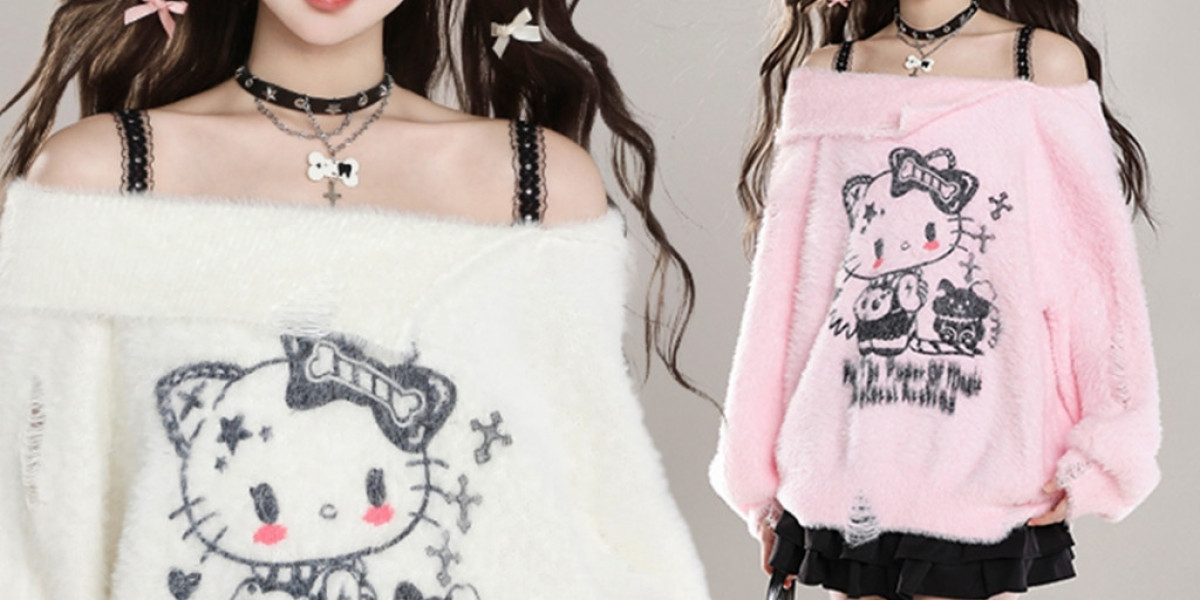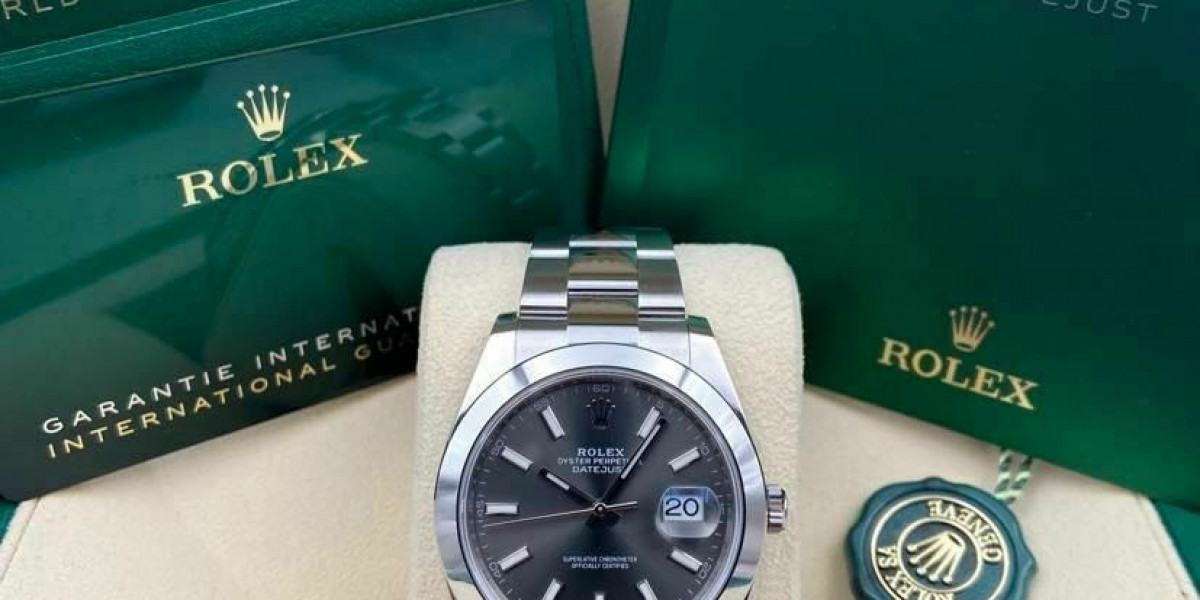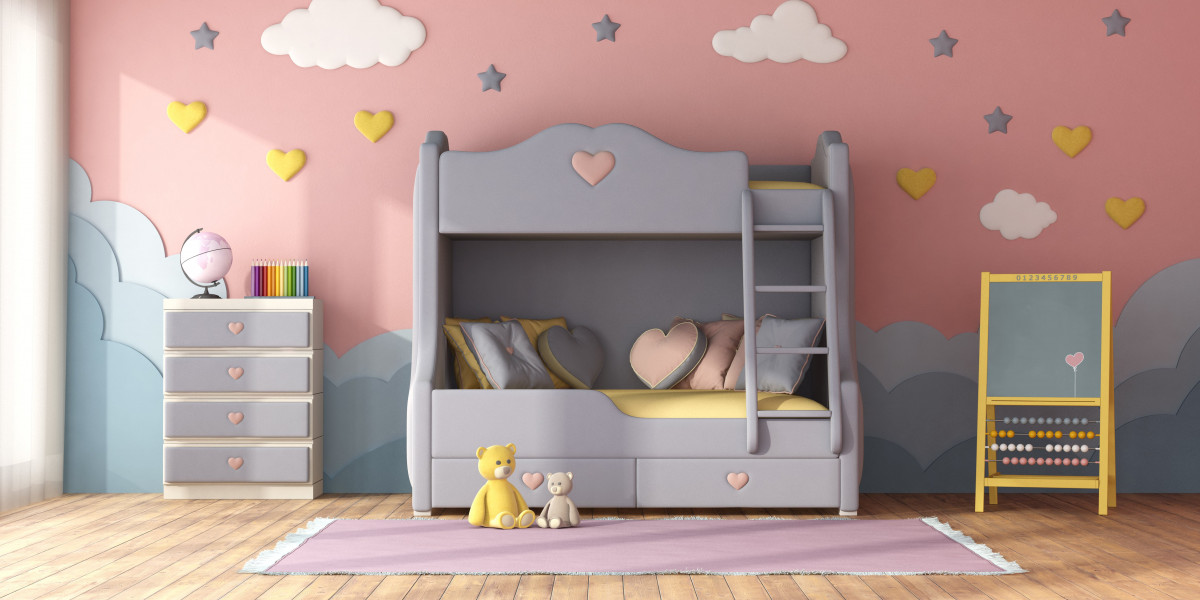Introduction
Japanese kawaii vogue, which translates to "cute" or "adorable" vogue, has turn out to be a worldwide phenomenon lately. Originating within the streets of Tokyo's Harajuku district, kawaii outfits have captured the hearts of style lovers world wide. From whimsical pastel colors to oversized bows and quirky accessories, kawaii trend is characterized by its playful and childlike aesthetic.
The Historical past of Kawaii Trend
The roots of kawaii fashion might be traced back to the 1970s in Japan, with the rise of the kawaii culture. The time period "kawaii" was first used to explain cute and adorable characters in manga and anime, equivalent to Hello Kitty and Sailor Moon. Because the kawaii culture gained recognition, it began to affect trend developments in Japan.
In the 1980s, the Harajuku district in Tokyo emerged as the epicenter of kawaii trend. Young people gathered in Harajuku to precise their individuality and creativity by way of their outfits. The streets of Harajuku became a vibrant and eclectic showcase of kawaii fashion, with younger individuals mixing and matching totally different types to create their own unique appears to be like.
The Influence of Kawaii Fashion on World Runways
In recent years, kawaii style has gained worldwide recognition, with designers and fashion houses all over the world incorporating kawaii parts into their collections. From oversized bows and ruffles to pastel colors and playful prints, kawaii outfit ideas fashion has made its method onto the global runways.
Probably the most iconic examples of kawaii trend on the worldwide stage is the brand Moschino, identified for its whimsical and playful designs. Creative director Jeremy Scott has integrated kawaii elements into Moschino's collections, equivalent to oversized bows, cartoon prints, and quirky equipment. Moschino's kawaii-impressed pieces have been worn by celebrities and influencers, further solidifying the influence of Japanese kawaii trend on world vogue tendencies.
Kawaii Outfits in Everyday Life
Whereas kawaii fashion has made a splash on the worldwide runways, it continues to thrive in everyday life in Japan. Young individuals in Japan embrace kawaii vogue as a type of self-expression and creativity. From school uniforms with ruffled skirts and oversized bows to casual streetwear with pastel colours and cute prints, kawaii trend is a staple of Japanese avenue type.
Considered one of the preferred kawaii vogue trends in Japan is the "Lolita" model, characterized by its Victorian-impressed silhouettes and elaborate accessories. Lolita vogue lovers typically wear frilly dresses, petticoats, and bonnets, creating a whimsical and doll-like look. The Lolita style has evolved into various substyles, equivalent to "Candy Lolita" with its pastel colours and "Gothic Lolita" with its darkish and dramatic aesthetic.
The way forward for Kawaii Trend
As kawaii style continues to evolve and gain recognition world wide, it is obvious that its influence will only continue to develop. With the rise of social media and online platforms, kawaii fashion lovers have found new methods to attach and share their love for all things cute and adorable. From Instagram influencers to on-line communities, kawaii trend has found a global audience that appreciates its playful and creative aesthetic.
In conclusion, Japanese kawaii fashion has come a great distance from its humble beginnings within the streets of Harajuku to the worldwide runways of in the present day. With its whimsical and childlike aesthetic, kawaii trend has captured the hearts of style fans around the world. Whether it is oversized bows and ruffles or pastel colours and quirky equipment, kawaii trend continues to inspire and delight style lovers of all ages. As we look to the long run, it is evident that kawaii trend will continue to thrive and evolve, spreading its adorable charm to new generations of style fanatics.








